Adolf Galland: The Luftwaffe Air Ace Who Survived Being Shot Down Four Times
Adolf Galland is often remembered as one of the most distinguished fighter aces of the Second World War. His remarkable career with the Luftwaffe saw him rise to become a respected figure both within and outside of Germany, and his skills in the air allowed him to earn the title of Air Ace, with 104 aerial victories against the Allied forces over 705 combat missions.
Adolf Galland’s early life
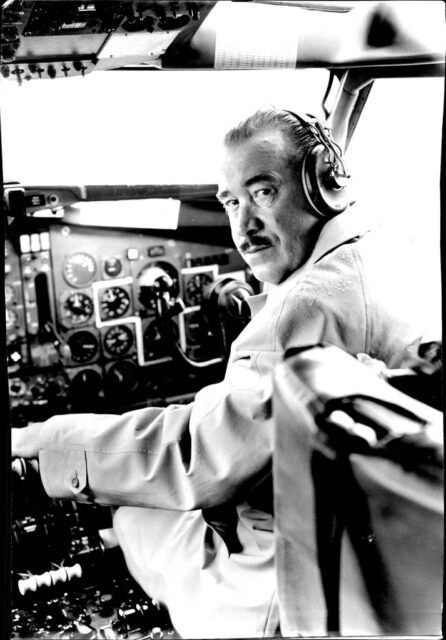
Adolf Galland was born on March 19, 1912 in Westerholt, Westphalia, Kingdom of Prussia. His early life was marked by a strong fascination with aviation, which was nurtured by the era’s surge in flight. As a young boy, he built model airplanes and dreamed of flying.
During his later teenage years, Galland pursued this passion by becoming a glider pilot, a significant step in his journey toward a future career as an aviator. It was clear he possessed a natural talent, and this set him on the path that led to his eventual success in the German military.
A natural aptitude for flying
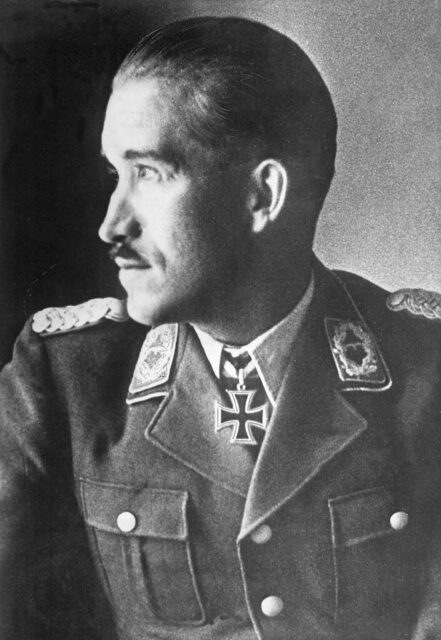
In 1932, at the age of 20, Adolf Galland was among those to be accepted into Lufthansa, Germany’s national airline, leading him to apply to the German Commercial Flying School. While accepted, two accidents during his evaluation led Galland to believe he’d failed. This prompted him to enlist in the Reichswehr, before learning he’d actually passed and was being sent to the Baltic Sea to learn how to pilot flying boats.
At this stage, Germany was still limited by the Treaty of Versailles, which placed restrictions on the size and capabilities of the country’s military. However, the groundwork was secretly being laid for the development of the Luftwaffe, and Galland would soon become one of its most prized pilots.
In 1933, Galland was among those chosen to train with the Italian Air Force, after which he was asked to join the military as a pilot. He attended the Civil Airline Pilots Training School, which had been turned into a fighter pilot training center, and soon became an instructor. Following this, he was assigned to the 10th Infantry Regiment and Dresden War Academy.
Gaining experience during the Spanish Civil War
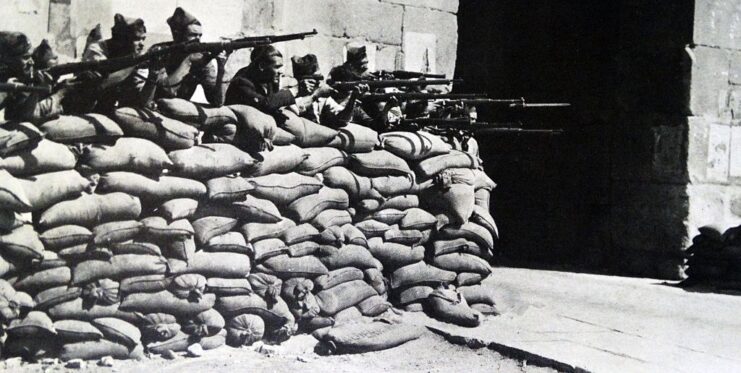
Adolf Galland’s career in the Luftwaffe was nothing short of exceptional. His meteoric rise in the ranks showcased his exceptional skills as a fighter pilot and a leader. He entered the service in 1935 and was commissioned as a lieutenant. While injuries suffered in a later accident may have hindered his chance to experience combat, some outside help allowed him to continue his service.
Galland’s flying prowess was quickly recognized, and he was chosen to fly as part of the Condor Legion during the Spanish Civil War. His experience in Spain proved invaluable, allowing him to gain combat experience in the Heinkel He 51, test new tactics and technologies, and ultimately prepare for the impending conflict of World War II. His leadership abilities also shone through, with him aiding in the development of new gasoline and oil bombs.
By the time the Second World War began in 1939, Galland was a seasoned fighter pilot.
Adolf Galland wanted to fly a different type of aircraft
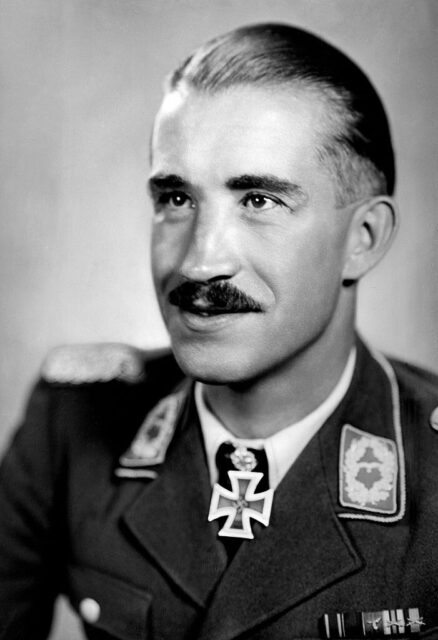
Adolf Galland’s most notable engagements are a testament to his exceptional skill as a fighter pilot. He was among the pilots who participated in the German invasion of Poland, flying 50 uneventual combat missions in Henschel Hs 123s, which led him to fake rheumatism and request a transfer to single-engine aircraft.
Following a transfer to Jagdgeschwader 27 (JG 27) as an adjutant, he took to the skies as part of Fall Gelb, the German invasion of the Low Countries and France. It was during this operation that Galland scored his first aerial victories, taking out three Royal Air Force (RAF) Hawker Hurricanes.
Galland and JG 27 were then ordered to fight as part of the Battle of Dunkirk, an engagement that proved to be more difficult than anticipated for the Luftwaffe, due to the effectiveness of the RAF’s Supermarine Spitfire. He was then given command of III./Jagdschwader 26 (JG 26) Schlageter, with whom he flew the Messerschmitt Bf 109E.
Battle of Britain
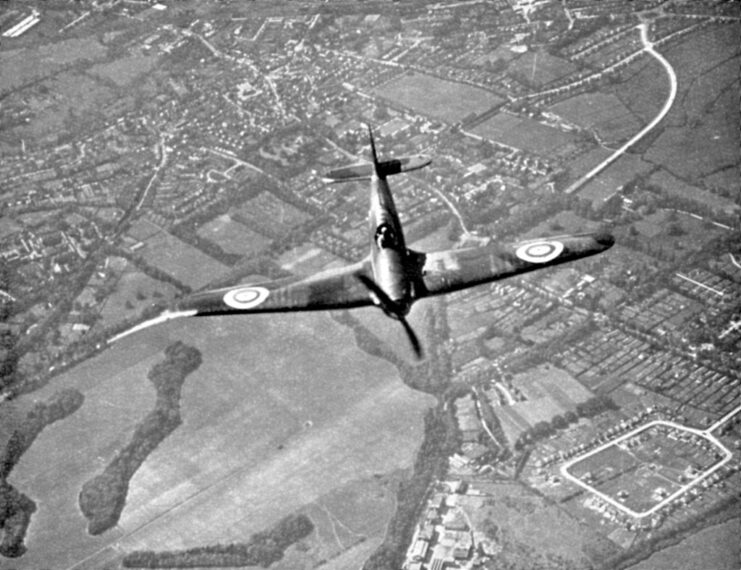
Adolf Galland is best known for his role during the Battle of Britain, a pivotal conflict in the early stages of the Second World War. During the engagement, he and JG 26, flying Bf-109Es, were responsible for defense against the relentless attacks of the RAF.
The British had a formidable defensive strategy, but Galland’s leadership and tactical innovations made his group one of the most successful in the battle. They inflicted significant casualties against the British, and he personally achieved a number of victories. His leadership motivated his pilots to fight with unwavering determination when the rest of the Luftwaffe was struggling to keep the RAF at bay.
Despite their initial successes, the Battle of Britain was eventually lost by the Germans, with government and military officials criticizing the Luftwaffe over the high amount of losses. This was evident in September 1940, when the country was struggling with a lack of both pilots and aircraft, which, in turn, led to difficulties in keeping a regular presence over the United Kingdom.
Adolf Galland is promoted to General der Jagdflieger
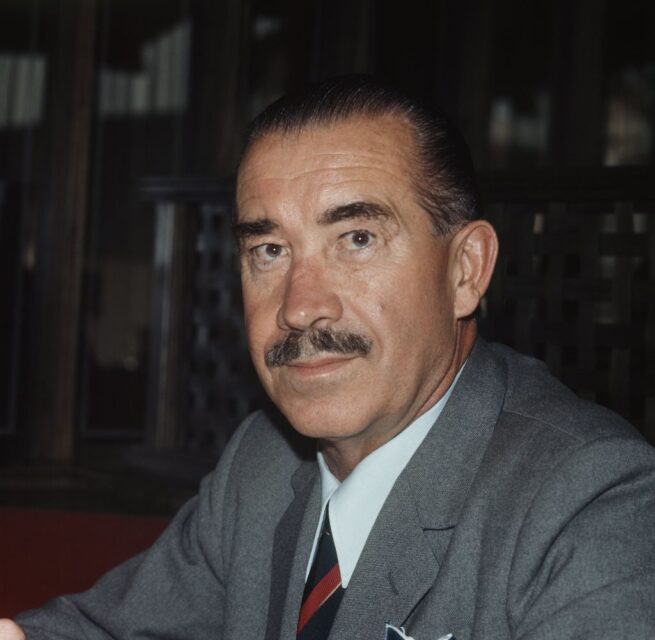
When the decision was made to move the majority of the Luftwaffe‘s resources to the Eastern Front, Adolf Galland, now an Obersleutnant, was left behind with Jagdschwader 2 and 26 as the sole single-engine fighter group monitoring France.
By November 1941, Galland had scored his 96th aerial victory, which led to his appointment to General der Jagdflieger – the commander of Germany’s fighter force. While anyone else would have been excited about the promotion, he wasn’t, as he’d always preferred being in the sky, as opposed to stuck behind a desk. That being said, he gave the role his fall, planning and executing the successful Operation Donnerkeil against the Allies.
While in this role, Galland also fought for improvements to the Jagdwaffe, the Luftwaffe‘s day fighter force.
Relieved of his command
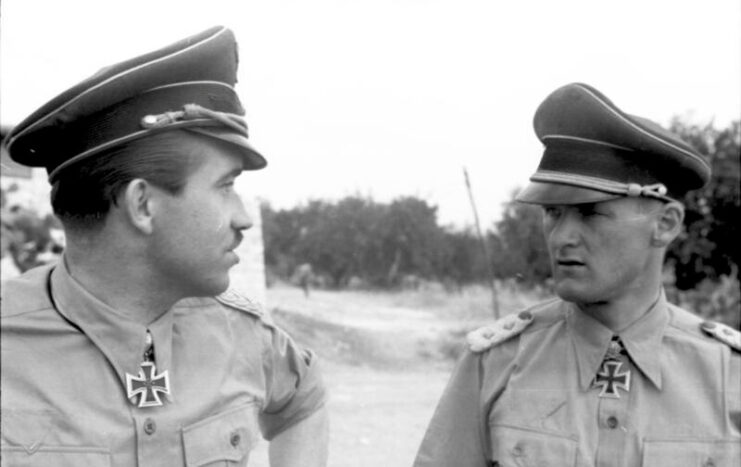
The beginning of the end of Adolf Galland’s good graces in the eyes of Germany’s higher-ups came when he was tasked with going to Sicily to improve the morale and efficiency of the aerial forces stationed there. Despite his efforts, he was ultimately unable to fix things, which allowed the Allies to continue their movement in the Mediterranean.
As the Second World War continued to favor the Allies, Galland began to butt heads with his superiors, with them losing faith in his abilities and relieving him of his command in January 1945. However, just over a month later, he was given orders to form a new air unit, Jagdverband 44. Flying Messerschmitt Me 262 Schwalbes with the unit, the skilled pilot continued to fly missions and secure aerial victories.
Over the course of his service with the Luftwaffe, Galland achieved a total of 104 aerial victories over the course of 705 combat missions. He also survived being shot down four times, the last time being in April 1945.
Held as a prisoner of war (POW) following World War II
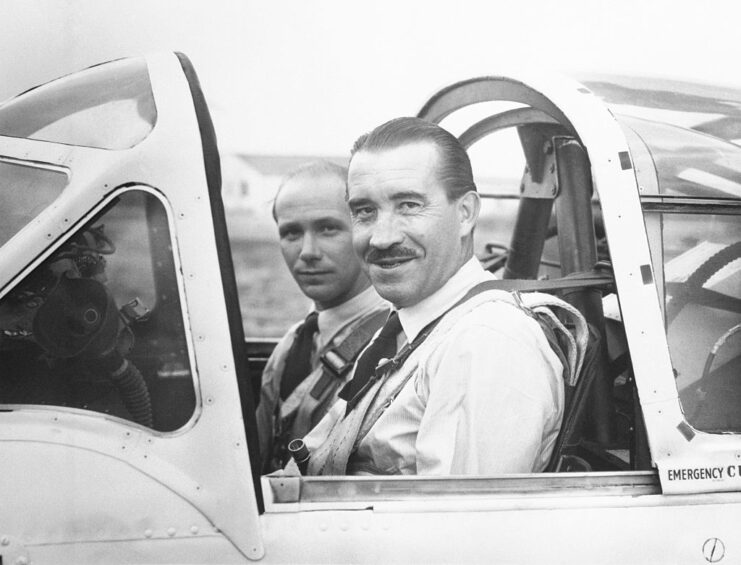
The end of the Second World War marked a challenging period in Adolf Galland’s life. Upon Germany’s defeat, he was captured by the Seventh US Army and held as a prisoner of war (POW). During his captivity, he was interrogated about his time with the Luftwaffe.
Following his release, Galland didn’t face the same level of scrutiny and prosecution as some other high-ranking German officers. He wasn’t implicated in war crimes, and his post-war life was significantly less tumultuous compared to many of his peers.
Adolf Galland’s later life and death
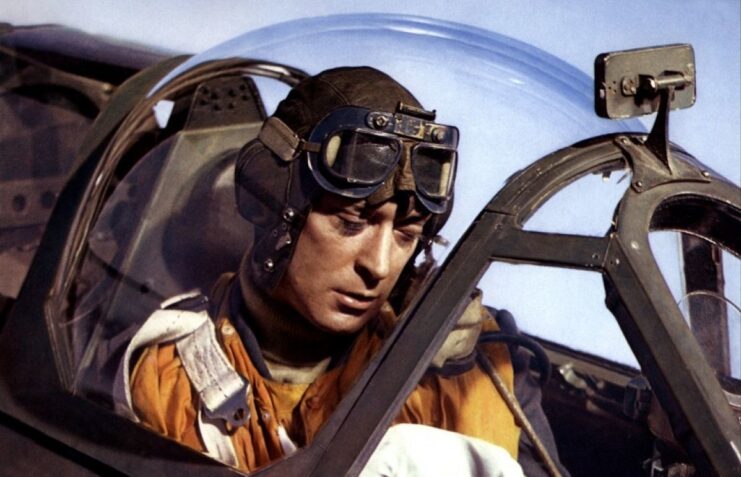
Adolf Galland’s passion for aviation endured beyond WWII. He traveled to Argentina, where he instructed new pilots with the Argentinian Air Force, flying the British Gloster Meteor. He returned to Germany in the mid-1950s and attempted to join the Bundeswehr in West Germany, but this application was immediately met with criticism by the Western powers. Given this, he opted, instead, to begin his own aircraft consultancy.
Following the war, Galland authored a memoir, The First and the Last, in which he recounted his experiences and insights from the conflict. This book remains a resource for understanding the history of the Luftwaffe and the intricacies of air combat during the Second World War. On top of this, he was also hired as a technical advisor on the 1969 film Battle of Britain, starring Michael Caine.
More from us: From Wartime Necessity to Chocoholic Revolution: Hershey’s World War II-Era Tropical Bar
Galland passed away on February 9, 1996, at the age of 83. Over the course of his military career, he’d been the recipient of many decorations, including the Knight’s Cross of the Iron Cross with Oak Leaves, Swords and Diamonds; the Iron Cross, 1st Class; and the Spanish Cross in Gold with Swords and Diamonds, among others.
The post Adolf Galland: The Luftwaffe Air Ace Who Survived Being Shot Down Four Times appeared first on warhistoryonline.
Adolf Galland: The Luftwaffe Air Ace Who Survived Being Shot Down Four Times
Philippines Truth
Post a Comment
0 Comments